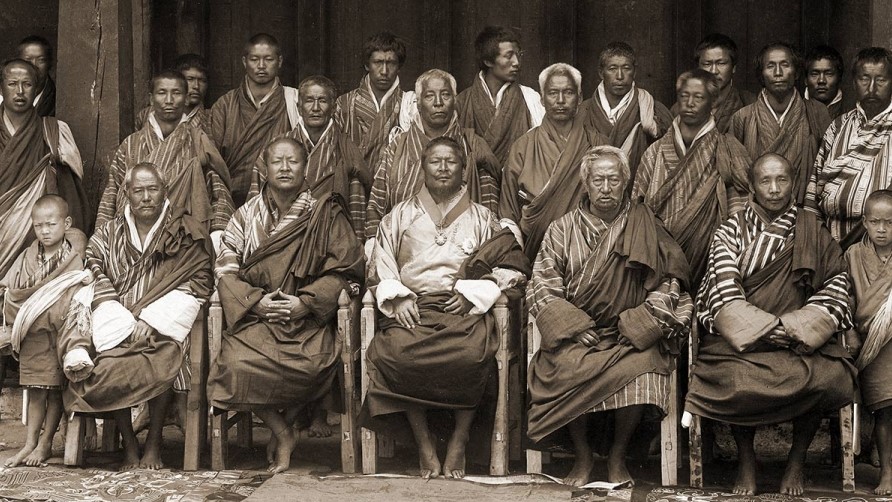Bhutan, the Druk Yul-the land of Thunder Dragon lies between Tibet and India along the slopes of the Himalayas. Bhutan’s early history is steeped in the Buddhist tradition
and mythology. The fire and earthquakes have destroyed the original documents of the Bhutanese Pre-history. Some sources say that nomadic herders inhabited Bhutan as early as 2000 – 1500 BC.
The recorded history of Bhutan started from 746 AD, after the visit of Guru Rinpoche to this country. Guru Rinpoche is considered as the second Buddha and the patron saint of Bhutan. He introduces the Buddhist religion in the country-which provides the sense of unity during the medieval ages.
Bhutan was a cluster of fragmented territory, which was constantly at odds with each other in the early 17th century. It was during this time that Zhabdrung Ngawang Namgyel visited the country from Tibet. With his religious powers and strong sense of politics, he unified the country as one nation. He set up a central administration, established a legal system, built many fortress called Dzongs, which were served as and effective defense and to this day; serves as centers of religious & administrations in the country.
The most important thing was happened in the history on 1907, when people elected Sir Ugyen Wangchuck as the first hereditary king of Bhutan unanimously. HRH Jigme Wangchuck succeeded him and ruled the country from 1926 to 1952. HRH Jigme Dorji Wangchuck, also known as the father of modern Bhutan, was king from 1952 to 1972.
Since his coronation in 1974, His Majesty Jigme Singye Wangchuck, the fourth King, has dedicated himself to defining and realizing a long-term vision and direction for the country. He promoted an approach of development known as Gross National Happiness (GNH) which calls for careful balance between creation of material wealth and the spiritual, cultural and social needs of the society. He also pursued a process of democratization and involvement of the people in their own affairs from the national to the community level.
On 14 December 2006, His Majesty Jigme Singye Wangchuck voluntarily abdicated the throne and handed over the responsibilities of the Monarch and the Head of State to the Crown Prince His Royal Highness Jigme Khesar Namgyel Wangchuck who has since assumed responsibilities as the Fifth King of Bhutan.
His Majesty the King Jigme Khesar Namgyel Wangchuck was adorned with the Raven Crown at an ornate coronation ceremony in Thimphu on 6 November 2008, becoming the world’s youngest reigning monarch and head of the newest democracy.


